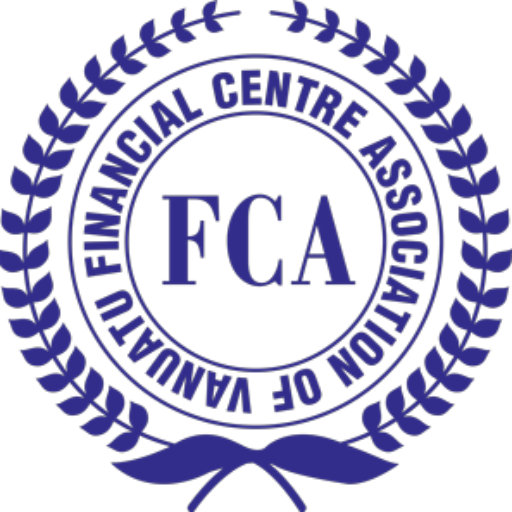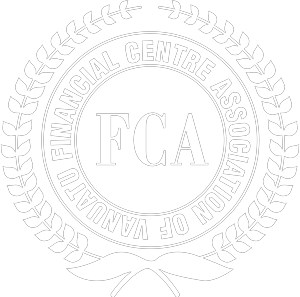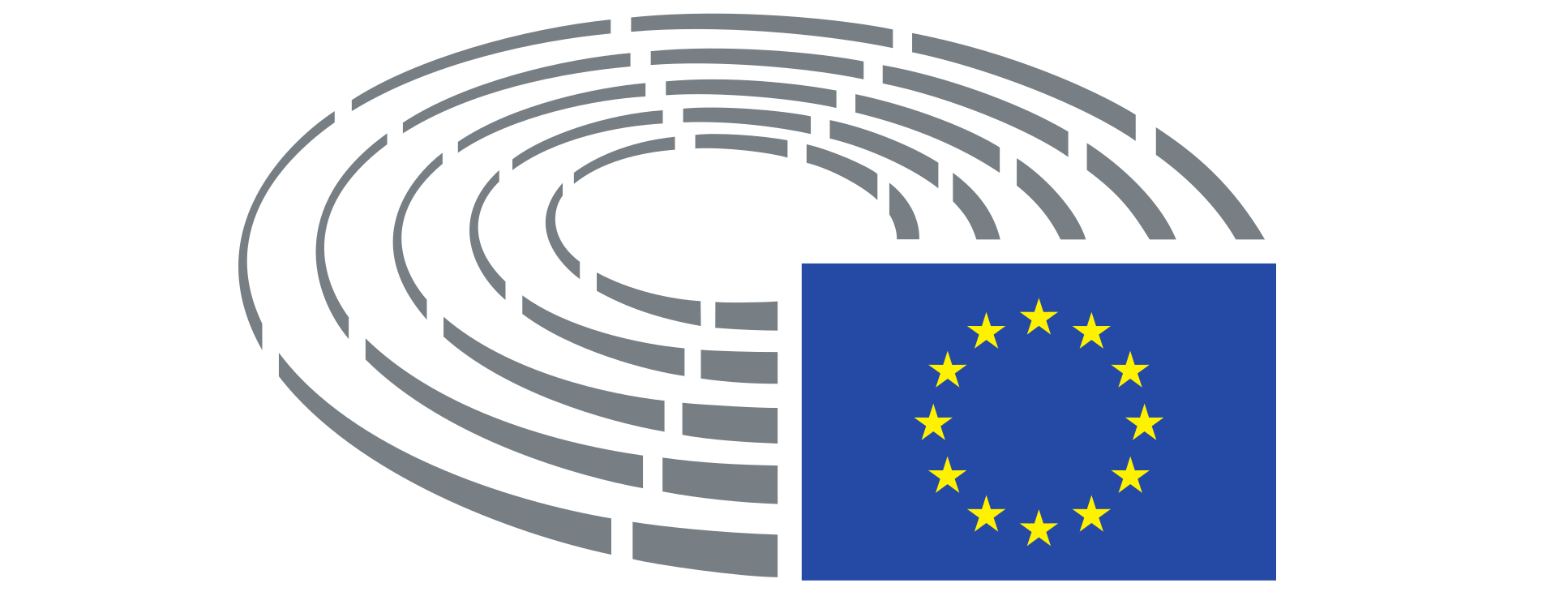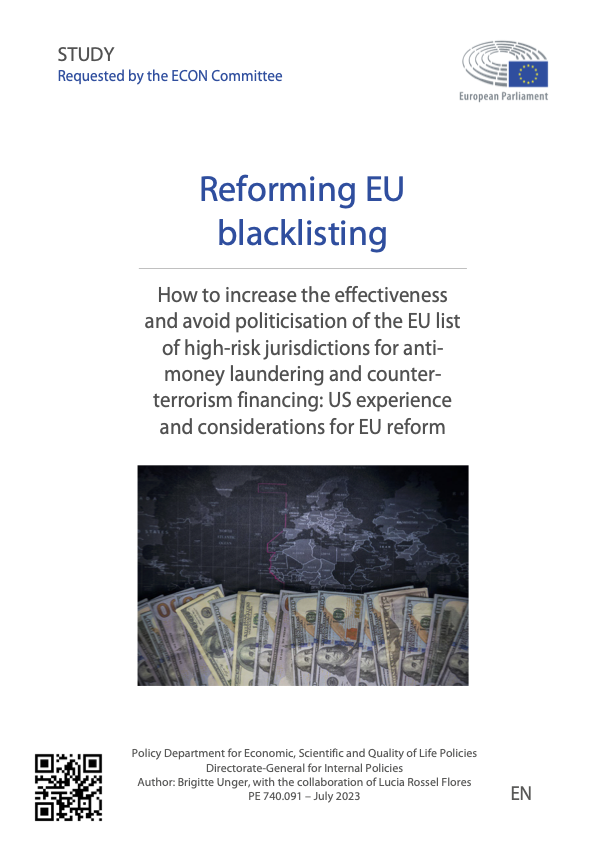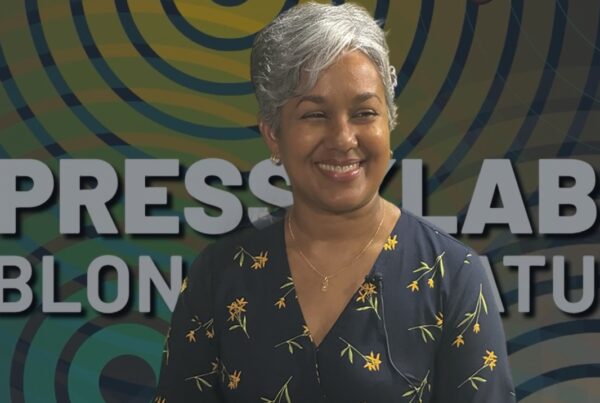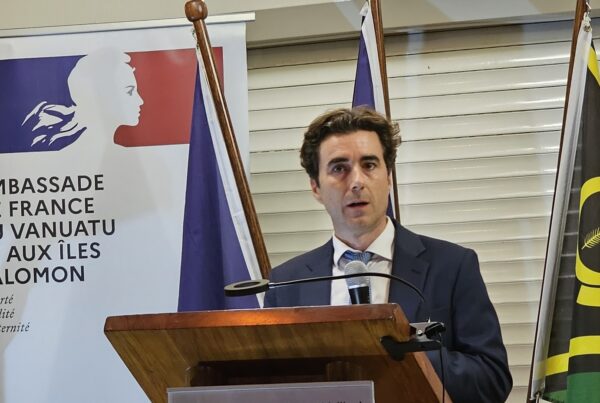Executive summary
Background of this study
The European Union’s (EU’s) Anti-Money Laundering/Countering Terrorist Financing (AML/CTF) policy is undergoing significant reforms with a trend towards centralisation. The proposed ‘EU AML Package’ includes the creation of an EU Single Rulebook and a European Anti-Money Laundering Authority (AMLA) for supervision and coordination. Article 9 of the current AML Directive empowers the EU Commission to identify high-risk third countries (HRTCs) having strategic deficiencies in their regime on anti-money laundering and countering terrorist financing. The legislative proposals are currently in the trilogue phase between the Commission, the Council of the European Union and the European Parliament. However, disagreements have arisen among the Commission and the two co-legislators regarding the identification process of the EU HRTC (black)list, and the influence of the Financial Action Task Force (FATF).
In 2016, the Commission adopted the first delegated act, resulting in an autonomous EU HRTC list that initially mirrored the FATF list. However, the European Parliament rejected subsequent delegated acts proposing changes to the EU HRTC list and called for an autonomous assessment instead of replicating FATF lists. The Commission developed a methodology for identifying HRTCs, but the Council rejected the subsequent delegating act due to procedural concerns. Parliament demanded more autonomy, transparency, and independence in the list’s screening and decision-making process. In 2020, the Commission published a revised methodology, aiming to consider the FATF list as a starting point and conduct an autonomous assessment of additional countries.
Aim
The requested expertise product aims to assist the ECON Committee in the EU AML reform by providing an analysis on enhancing the effectiveness and depoliticising the EU list of high-risk third jurisdictions for anti-money laundering and counter-terrorism financing. The paper focuses primarily on money laundering and – due to its security complexities less so on terrorism financing – and offers considerations for the reform process of AML/CTF. The chapters cover a methodology for evaluating country listings, highlight shortcomings of the EU HRTC list (also called the EU money laundering blacklist), discuss criticism and recommendations from the European Court of Auditors, and systematically explore alternatives for the EU HRTC list, varying in transparency and evaluation criteria. Recommendations for the EU HRTC money laundering list are drawn from these chapters, weighing the pros and cons of different policy options.
Chapter 1 introduces an evaluation methodology and clarifies terms used in country risk analyses, emphasising the need for a clearer definition of risk. Chapter 2 identifies deficiencies in the EU money laundering blacklist, while Chapter 3 explores the European Court of Auditors’ criticism, recommendations for a sector list, and the potential for a grey list. Chapters 4 and 5 examine political/non-transparent lists and transparent lists, respectively, discussing their technical frameworks and evaluations by NGOs, researchers, and institutions like Europol and the US Treasury. Chapter 6 presents political/non-transparent lists accounting for criminal behaviour and evidence, while Chapter 7 showcases transparent lists reproducible by external parties. Finally, Chapter 8 provides recommendations for the EU HRTC money laundering list, considering the insights from each chapter, and analysing the advantages and disadvantages of different policy options.
Key findings of the study
Under the current 5th Anti-Money Laundering Directive (EU) 2018/843, the European Commission is mandated to identify high-risk third countries (HRTCs) with strategic deficiencies in their anti-money laundering and counter-terrorism financing regimes. The Commission adopts and updates an EU list of high-risk jurisdictions called the EU money laundering blacklist. Banks and other gatekeepers are required to apply enhanced vigilance in their dealings with HRTCs, including additional checks and balances. However, reaching an agreement on the HRTC list has been challenging for the European Commission, Council of the European Union, and Parliament for the past three years.
The Commission argues that it needs to establish its own HRTC blacklist alongside the Financial Action Task Force (FATF) list. Initially, the EU list replicated the FATF list but sought to ensure uniformity in how Member States dealt with high-risk jurisdictions by imposing enhanced due diligence requirements. The European Parliament rejected subsequent proposals and called for an autonomous assessment process, transparency, clear benchmarks, and independence from lobbying in creating the HRTC list. In contrast, the Council believed that the Commission should use its FATF membership to influence the FATF ranking instead of establishing its own list. Here problems might emerge if EU members within the FATF do not share the same position as the Commission.
The paper explores various options for the EU HRTC list, including maintaining the current list but addressing the disparity between the EU and FATF lists. Another option is introducing a grey list with fewer compliance requirements. Alternatively, the EU HRTC list could merge with the EU tax list, which is internationally more accepted than the FATF list. Depoliticising the list by leaving rankings to academics and diverse NGOs in a transparent and reproducible way and evaluating countries based on their criminal behaviour rather than on their technical AML framework are also discussed. Including criminal behaviour shows that neighbouring countries with the same culture, language, and religion pose the highest money laundering risks. So, EU MS might face different high-risk jurisdictions. Therefore, information exchange and alert systems might be more effective for AML/CTF than black or grey lists.
Concerns are raised regarding the unintended side effects of blacklists, where blacklisted countries may experience an influx of investors (Seychelles effect) or suffer economic setbacks. Alternatively, a more tolerance-oriented policy that focuses on behaviour change and voluntary compliance is suggested. It is noted that obliged entities currently deal with multiple lists, including the FATF blacklist, FATF grey list, EU HRTC list, EU Sanction list, EU tax list, and Corruption index. The paper suggests concentrating on harmonised EU procedures/measures for dealing with high-risk countries rather than continuously issuing new lists. Additionally, the inclusion of all countries and jurisdictions in high-risk evaluations, the importance of addressing deficiencies in risk identification, the role of experts, and gaining insights into money laundering activities are emphasised. Ex-post evaluations are recommended to assess the appropriateness of the list. An EU research and alert centre on money laundering similar to International Monetary Fund (IMF) and World Bank (WB) within AMLA is suggested.
